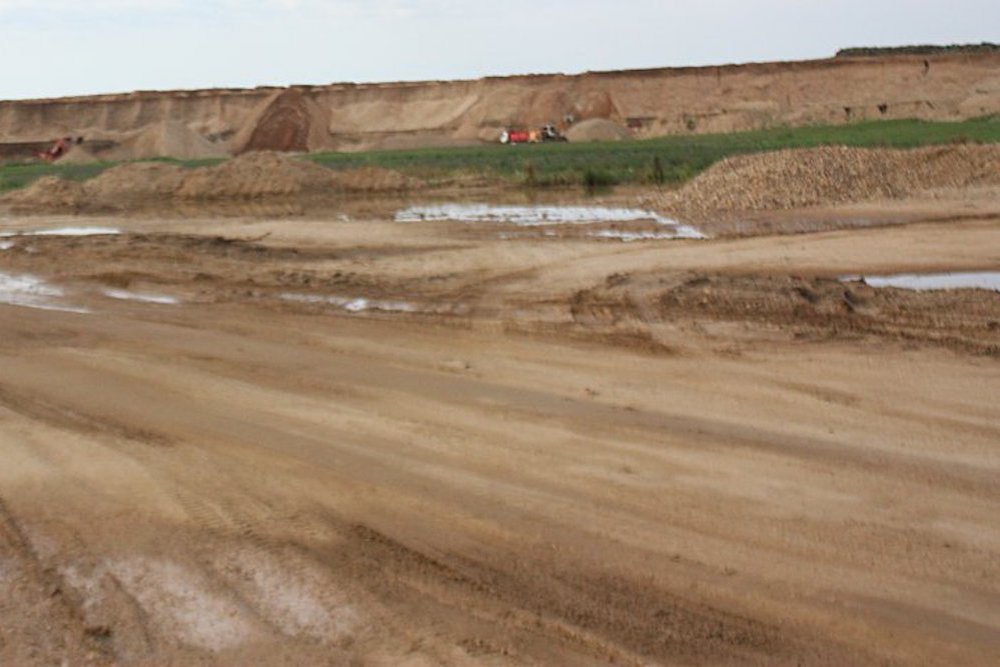Sand mine | Wikimedia Commons
Sand mine | Wikimedia Commons
The land of 10,000 lakes is also the fourth biggest mining state, according to a U.S. Geological Survey of Minerals Commodities Survey for 2019, when it comes to value.
The annual report, released this year, tracks nonfuel mineral value production across the country.
Though already a powerhouse in mining value, Minnesota surpassed California for its fourth-place ranking. Ahead of Minnesota are Nevada, Arizona, and Texas. At the bottom of mineral value are Maine, Vermont, North Dakota, Rhode Island, and Delaware.
Minnesota’s mining value increased from $93 per metric ton to $112.15 from 2018 to 2019, according to the Center of the American Experiment report on Feb. 27.
The main minerals mined were iron ore, lime, sand and gravel, and crushed stone.
Minnesota’s mining value growth is reflective of a trend in the industry.
The U.S. Geological Survey reported in February that the value of minerals produced in 2019 increased $2 billion to $86.3 billion.
“The data we are releasing today is vital to understanding which minerals are vulnerable to disruptions in America’s supply chains and provides the analytical foundation for President Trump’s broader strategy to make our economy and defense more secure,” Jim Reilly, U.S. Geological Survey director, said in a statement. “American production of minerals – having an estimated value of more than $86 billion – is critical for all means of commerce and manufacturing with many of these minerals being used in everyday household items.”
Minnesota’s total mineral value production was at $5.3 billion and accounts for 6.14% of U.S. production. Nevada’s total was $8.19 billion, which represents 9.49 percent of the market. Nevada’s principal minerals are copper, diatomite, gold, lime, and sand and gravel.
“Decision-makers and leaders in both the private and public sectors rely on the crucial, unbiased statistics and data provided in the Mineral Commodity Summaries to make business decisions and determine national policy,” acting National Minerals Information Center Director Michael J. Magyar said in a statement. “Industries – such as steel, aerospace, and electronics — processed nonfuel mineral materials created an estimated $3.13 trillion in value-added products in 2019, which represents a 2.5% increase over 2018.”
Despite mining value increasing, the U.S. continues to rely heavily on imports, according to the U.S. Geological Survey.
The agency reported that imports accounted for half of the 46 minerals used and that 17 of those were 100 percent from foreign sources.

 Alerts Sign-up
Alerts Sign-up